
Coleophora lutipennella is a moth of the family Coleophoridae. It is found in most of Europe, except the Mediterranean islands.
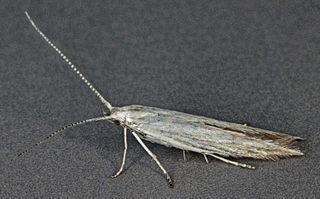
Coleophora striatipennella is a moth of the family Coleophoridae that is found in Europe and Near East. It has been introduced to New Zealand.

Coleophora versurella is a moth of the family Coleophoridae. It was described by Philipp Christoph Zeller in 1849.
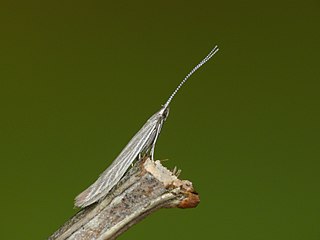
Coleophora otidipennella is a moth of the family Coleophoridae found in Asia and Europe.

Coleophora ibipennella is a moth of the case-bearer family (Coleophoridae). It was first described by Philipp Christoph Zeller in 1849 and is found in Asia, Europe and North Africa. The larva feed within a pistol case on oak leaves and in the past was confused with Coleophora betulella, whose larva feed from a similar looking pistol case on birch leaves.

The testaceous white-back is a moth of the family Coleophoridae. It is found in most of western Europe.
The basil-thyme case-bearer moth is a moth of the family Coleophoridae found in Europe. It was first described by the 6th Baron Walsingham in 1899.

Coleophora conspicuella is a moth of the family Coleophoridae found in Asia and Europe. It was first described by Philipp Christoph Zeller in 1849.

Coleophora adjunctella is a moth of the family Coleophoridae found in Europe.
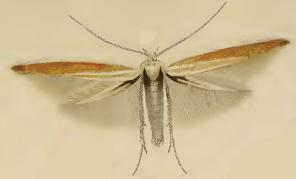
Coleophora discordella is a moth of the family Coleophoridae. It was first described by Philipp Christoph Zeller in 1849 and is found in Europe.
Coleophora lithargyrinella is a moth of the family Coleophoridae found in Europe.
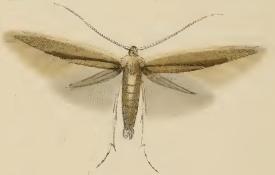
Coleophora milvipennis is a moth of the family Coleophoridae. It is found in all of Europe, east to Japan (Hokkaido).

Coleophora orbitella is a moth of the family Coleophoridae. It is found from Scandinavia and northern Russia to the Pyrenees and Italy and from Ireland to Poland and Hungary.
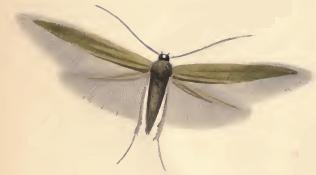
Coleophora paripennella is a moth of the family Coleophoridae. It is found in most of Europe, except the Iberian Peninsula and Balkan Peninsula.
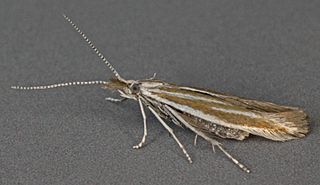
Coleophora pyrrhulipennella is a moth of the family Coleophoridae found in Europe. It was first described by Philipp Christoph Zeller in 1839.
Coleophora ramosella is a moth of the family Coleophoridae. It is found from Fennoscandia to the Pyrenees, Italy and Hungary and from Ireland to Slovakia. It is also found in southern Russia.
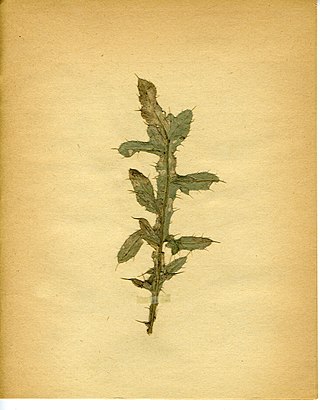
Coleophora therinella is a moth of the family Coleophoridae found in Europe and the East Palearctic.
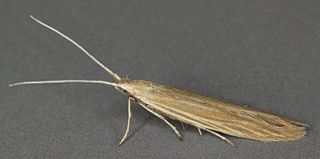
Coleophora tamesis is a moth of the family Coleophoridae found in Asia and Europe.
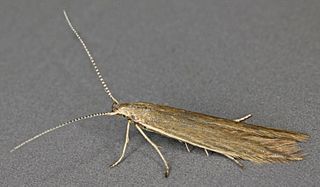
Coleophora alticolella is a moth of the family Coleophoridae, found in Europe and North America.
Coleophora maritimella is a moth of the family Coleophoridae found in Africa and Europe.













